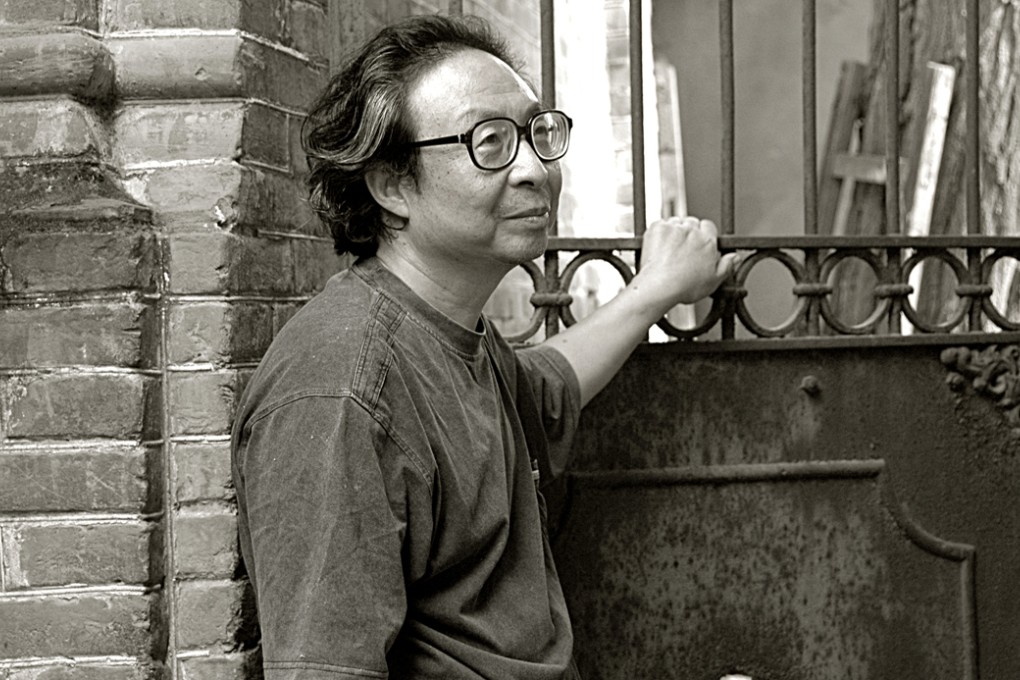The keeper of memories
Shen Jiguang’s haunting photographs capture Beijing’s vanishing neighbourhoods, writes Xu Donghuan

In many of the world’s cities, inhabitants can step back in time by visiting an often well-preserved old quarter. Residents of Beijing, however, have few places to go for such nostalgia – rapid development over recent decades has seen great swathes of the ancient city flattened and built on anew.
However, thanks to Shen Jiguang, a passionate photographer of old Beijing, locals can at least visualise how the capital once looked, through a series of black and white images.
“It’s sad to see our city end up like this,” says 69-year-old Shen, a fourth-generation resident of Beijing. “But even if one day the historical areas are gone completely, at least we have these photos.”
“They can plant images of old Beijing and its beauty inside us, here in our hearts,” he told a packed room of local residents, preservationists and students during a recent talk about his photography, titled “When Beijing Was Still Beijing”.

A few months earlier, Shen had published Nostalgia for Beijing – In Search of Yesterday’s World, a book of photographs taken between 1983 and 2007. Most of the centuries-old neighbourhoods pictured in the more than 400 photographs have since been razed to the ground.
“This book is my expression, my cry for old Beijing. I believe anyone who sees these photos will agree that the old Beijing should have never been demolished,” Shen says.